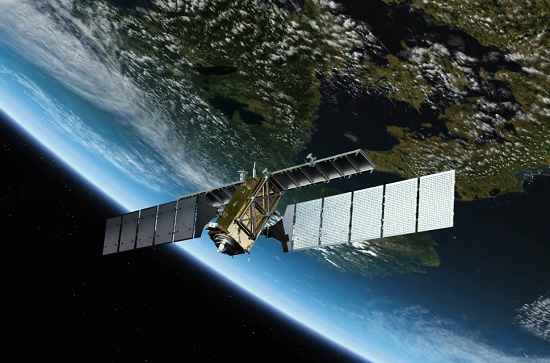
Dr. Sabine Wüst
German Aerospace Center (DLR), Oberpfaffenhofen, Germany
Abstract: Atmospheric measurements in the upper mesosphere and lower thermosphere (UMLT, ca. 80 - 100 km height) are a challenge. The air density is orders of magnitude lower compared to the Earth’s surface; this makes in situ measurements elaborate and expensive. Radiation emitted in this height range is weak and can also be absorbed on its way to the ground depending on the specific wavelength; this is a difficulty especially for ground-based remote sensing instruments. However, one possibility to reach at least parts of the UMLT is the remote observation of hydroxyl (OH) airglow (at ca. 86 - 87 km height), which facilitates the estimation of kinetic temperature with relatively low effort. The ongoing development in the semiconductor technology allows for a small instrument design and unsupervised operation. This is of special importance when deploying instruments at (partially) unmanned observatories or on board of airplanes.
The scientific focus of the talk is the use of these measurements to analyse atmospheric motion processes. These are strongly influenced by waves on different scales, which transport energy and momentum through the atmosphere and thus lead to a redistribution of these quantities and to the coupling of the different atmospheric layers. In addition to basic scientific aspects (such as turbulence), the area of application-oriented research in the context of natural hazards is also addressed. The talk concentrates on ground-based observations from the Network for the Detection of Mesospheric Change (NDMC). Results from aircraft- and satellite-based measurements complete the presentation.
